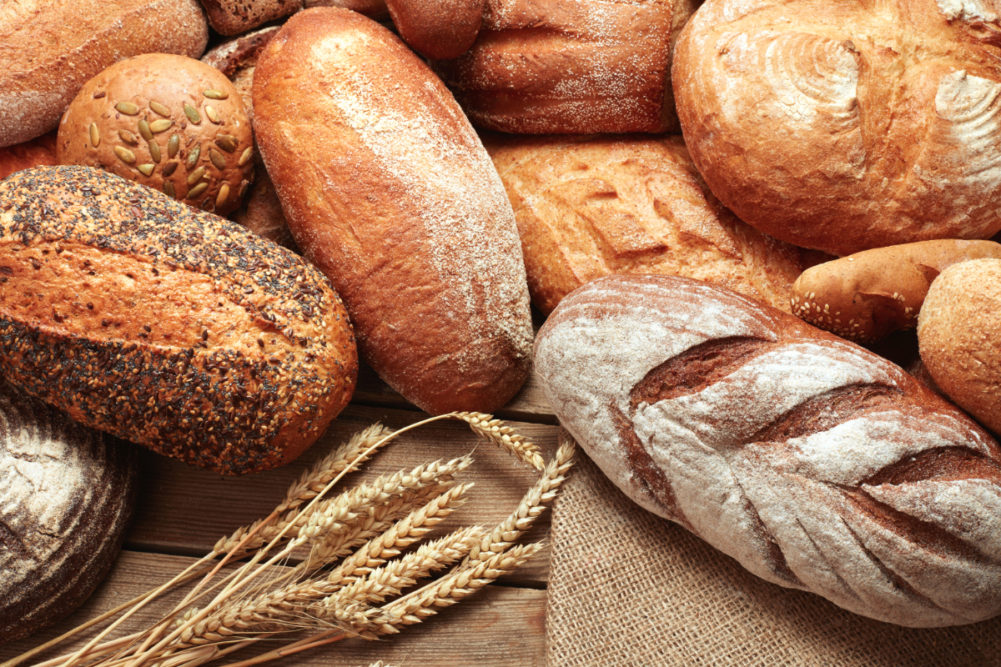 Amid a veritable tidal wave of sustainability announcements in recent weeks, extraordinary opportunities for grain-based foods to emerge as a leading food sector in minimizing key contributors to climate change are steadily coming into focus.
Amid a veritable tidal wave of sustainability announcements in recent weeks, extraordinary opportunities for grain-based foods to emerge as a leading food sector in minimizing key contributors to climate change are steadily coming into focus.
Recent announcements include one in which Nestle SA is pledging to invest $1.3 billion over the next five years in regenerative agriculture. A second, by PepsiCo, Inc., commits the company to achieving net zero emissions by the year 2040. Central to PepsiCo reaching that objective is ensuring a landmass equal to the company’s agricultural footprint is converted to regenerative agriculture practices.
Stepping back and looking at these and other corporate announcements, the potential for grain-based foods companies, and bakers in particular, to grasp the mantle of sustainability leadership appears promising. Increasingly, the sustainability puzzle pieces are taking shape for bakers to pursue a tantalizing goal — commercial bread that is net carbon neutral.
To achieve such a goal, the three principal segments in the supply chain — grain production and handling, flour milling and baking — must work in concert. It has been estimated two thirds of the greenhouse gas (GHG) emissions associated with bread production are released on the farm. Fortunately, millers and growers have stepped up cooperation in recent years. Grain Craft and ADM have expanded a program paying growers to plant preferred wheat varieties. More to the sustainability point, Ardent Mills LLC and General Mills, Inc. both have committed to partner with growers so an increasing volume of wheat the companies buy is cultivated using regenerative agricultural practices that reduce GHG emissions and perhaps even result in wheat that is net carbon negative — removing more carbon from the atmosphere than is emitted during the production process. Millers have said that even without such an initiative, a growing number of wheat producers are pursuing regenerative agricultural practices and are showing more technological savvy than was the case in earlier generations.
Similarly on the milling side, a recent announcement by ADM that its overall US flour milling operations have achieved carbon neutrality represented another hopeful indication. Even if most other milling companies do not have the same scope of tools as ADM, with its diverse range of businesses, the achievement points to the possibility across milling of operating with a light, if not completely neutral, carbon footprint.
Finally, the baking industry already has demonstrated leadership in lowering carbon emissions as evidenced by baking’s success in the Energy Star program of the Environmental Protection Agency. Bimbo Bakeries USA has been recognized by the EPA as the Star Partner of the Year for four straight years, and of the 95 manufacturing plants Energy Star certified by the EPA, 44 were commercial baking companies.
Many pieces must fall into place for carbon neutral bread to become reality. Wheat acreage planted using regenerative techniques remains a tiny fraction of what is necessary to mill basic bread flour in the United States. Regenerative agriculture is less likely to be embraced in certain areas, including large swaths of the spring wheat states, where wheat is rotated with crops like sugar beets requiring cultivation in a way that disrupts the carbon in the soil. Additionally, commercial bread bakers operate with narrow profit margins, making investments proportional to those of Nestle and PepsiCo more difficult. Still, the wheat-based foods industry should capitalize on its gaping advantage versus other foods when it comes to GHG. A 2020 McKinsey report showed wheat is by far the least carbon intensive staple food source already. Nuts and seeds are 7 times more GHG intensive than wheat, rice 13 times, milk 14 times and beef 231 times.
Basic bread has a fast-track path toward becoming the first carbon neutral staple food commercially available. It’s a track worthy of aggressive exploration by grain-based foods companies.






